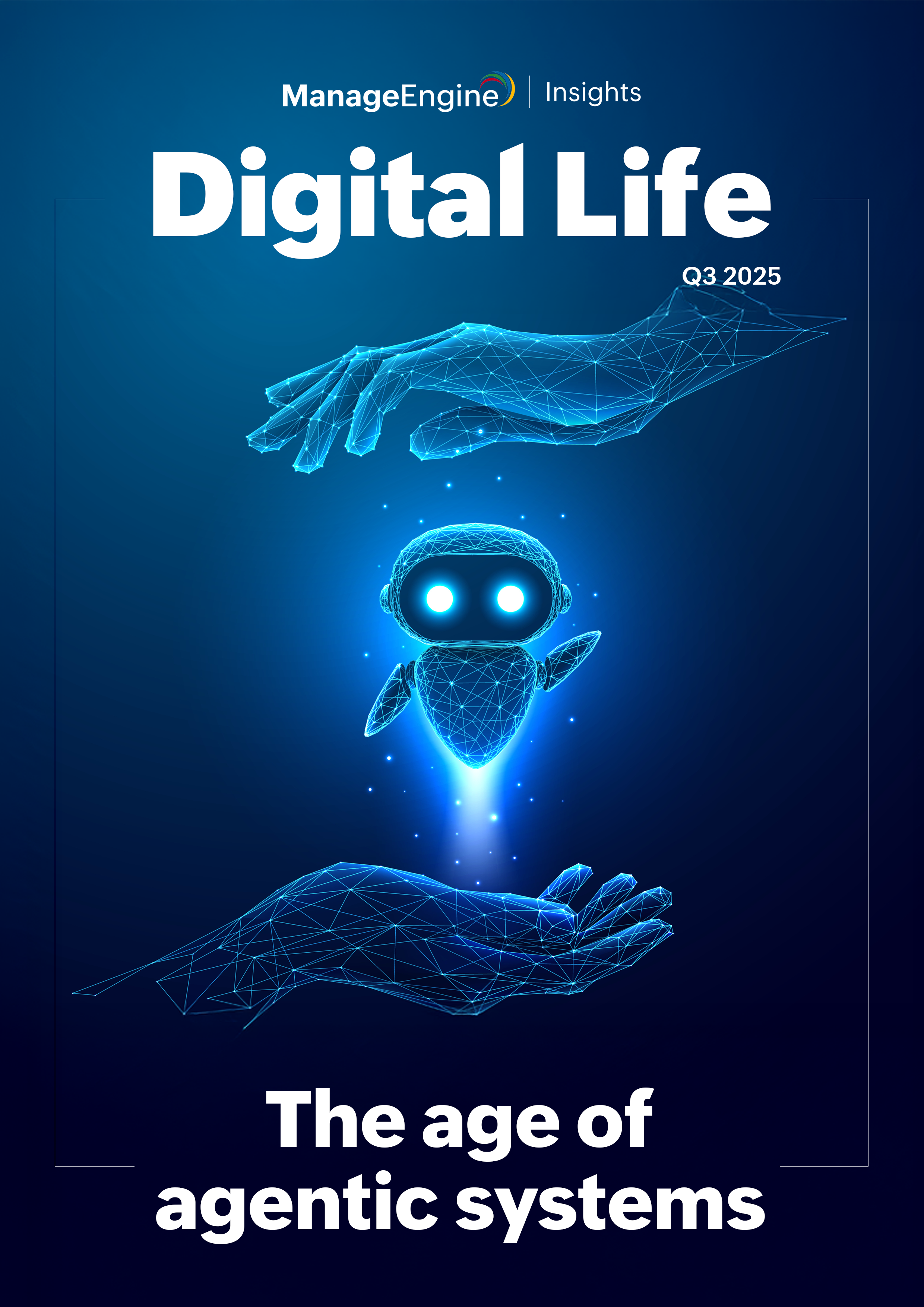In the IT marketplace, vendors need to stay relevant to stay in business. We need to consistently develop and deliver products and services that meet if not exceed our customers’ needs and expectations. For us, relevance is a matter of life and death. For our customers, not so much.
If one vendor fails, customers will find a dozen others ready to swoop in and take its place. And customers will find switching vendors is easier than ever thanks to cloud computing, on-demand services, and commoditized hardware. Effortless access to IT commoditizes vendors, encouraging transactions at the expense of relations.
So as an IT customer, why should you care about establishing relationships with vendors who stay relevant to you and your organization over the long term? Here’s why.
More trust. One of the easiest benefits to overlook in a long-term vendor relationship is trust. Trust in IT is not built overnight. It’s earned through consistent delivery of quality services and support over time. That time gives your vendors the opportunity to deeply understand your business model, infrastructure, and even the idiosyncrasies of your systems and teams. And that understanding allows vendors to tailor their solutions to your organization and be far more effective than their off-the-shelf alternatives.
Trust fosters reliability. For example, during a service outage, a vendor with an intimate understanding of your systems can resolve issues more quickly. This trust can extend to proactive support whereby a vendor anticipates your needs and head off potential problems before they escalate into full-blown crises.
Lower costs. No matter the state of your IT budget—increasing, decreasing, or staying flat—cost efficiency will always be a priority, and often a top priority. Nobody wants to waste money if they can avoid it. Working with a long-term vendor avoids wasting money by opening doors to negotiated discounts, favorable credit terms, and preferred pricing.
But you may find the real financial benefit lies in lower total cost of ownership. Vendors who understand your business processes can help you improve your processes, optimize licensing agreements, reduce hardware sprawl, and fine-tune cloud usage—all of which can reduce the overall cost of maintaining your IT infrastructure.
Strategic partners. When your vendors align with your long-term strategic goals, they become more than just providers—they become partners. In turn, these vendor partners may develop new product features just for you, expressly designed to meet your unique business needs. They may also advise you on emerging technologies or provide a competitive edge via early access to pre-release products.
Likewise, when your vendor is deeply integrated into your business, they’re better positioned to suggest improvements, share industry insights, and collaborate on new projects. Viewing vendors as partners encourages you and your vendors to work towards mutual success.
Reduced risks. IT risk comes in many forms—cybersecurity threats, supply chain disruptions, and service failures, just to name a few. Long-term vendor relationships act as a buffer against these risks. For instance, long-term vendors are more likely to prioritize you as a long-standing customer when it comes to meeting their commitments and quotas. And when crises hits, they are more likely to prioritize your recovery, which means faster resolution times and continuity of service.
The effort in “effortless”
Think of the advantages above like carrots. They’re the rewards you reap by establishing long-term vendor relationships. Now, think of the disadvantages below like sticks. They’re the punishment you incur if you change vendors like they’re undergarments. To avoid the punishment, simply avoid vendor churn. After all, switching vendors may be easier than ever—in a word, effortless. But it’s not effort-free. There’s still plenty of work to do when you move from one vendor’s product or service to another. Just take a look.
Integration issues. New vendors mean new integration challenges as you weave new solutions into existing systems. Sure, the demo makes the union look seamless; but in reality, integrating old and new technologies can be a complex, time-consuming process. Your old vendor knew your IT inside and out—your custom configurations, legacy systems, and unique workflows. Your new vendor? They’ve got some catching up to do. Prepare for extended periods of testing, configuration, and troubleshooting that could ultimately delay projects, increase costs, and disrupt services for your users and customers.
Training burden. When you switch vendors, you’ll need to train users on the new systems, interfaces, and workflows. And you’ll need to prepare the organization for the productivity hit it will take during the transition period as the learning curve slows down operations. While you’re at it, prepare for the fallout from users who struggle with the new technologies. Those users are prone to make more mistakes, which can snowball into bigger productivity problems downstream.
Knowledge loss. Long-term vendor relationships usually generate institutional knowledge that goes beyond technology to include the specific needs, preferences, and nuances of your organization. When you sever ties with a trusted vendor, you lose that knowledge. Your new vendor may have a similar product, but they won’t have the same collective understanding, skills, and insights that accumulate over time. That loss can lead to inefficiencies, communication missteps, and higher support costs as the new vendor gets up to speed.
Transition costs. Of course, switching vendors doesn’t just take effort; it takes money—often more than anticipated when you made the decision to switch. In addition to the initial procurement costs, you’ll likely find an array of transition costs for data migration, training, lost productivity, and the third-party consultants or support staff you’ll need to bridge gaps in service or expertise. And those initial procurement costs? Don’t expect the same favorable terms you negotiated in a long-standing vendor relationship.
Handoff hassles. Switching vendors can strain relationships. If your outgoing vendor harbors a grudge, they could be uncooperative during the transition, for instance, delaying the disclosure of vital information or withholding the information altogether. And your incoming vendor probably won’t pick up the transition slack because you haven’t established the trust and goodwill that merits such priority service. Even when your contracts mandate a smooth transition, human factors can undermine the handoff, introducing unnecessary delays or obstacles.
Revisiting relationships
Digital technology is advancing at a dizzying pace. Machine learning, large language models, generative AI, and other technologies present tremendous opportunities. Cybersecurity and sustainability issues pose two of our most significant threats. When technology captures our attention, it’s easy to lose sight of the humans behind it and the value that human relationships bring to our work—and our lives. Spend some time developing those relationships, and we all win.











